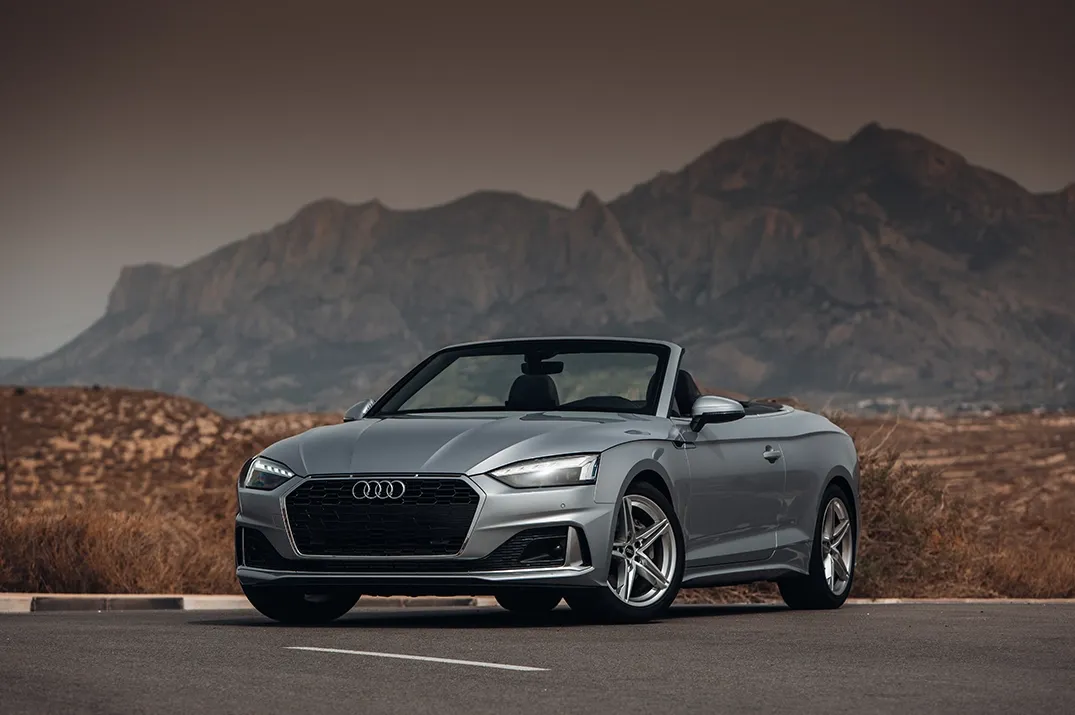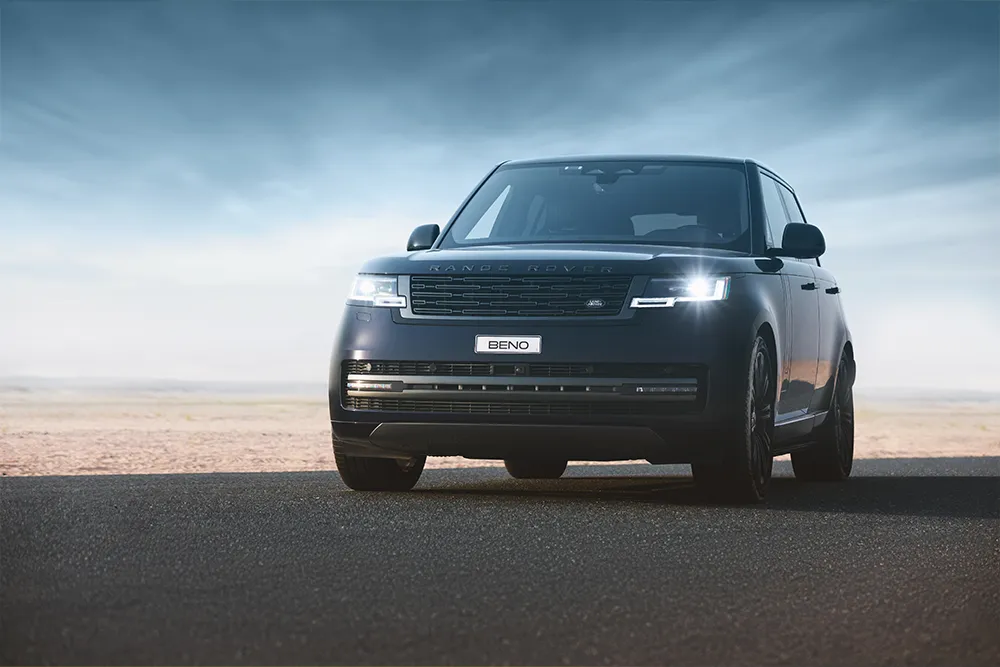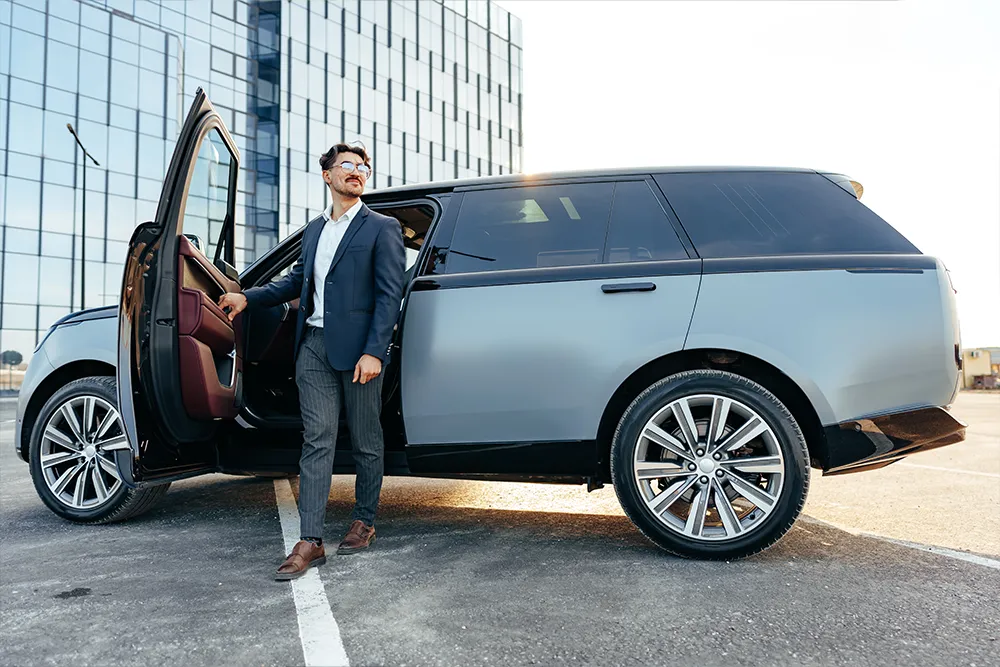Every time you see an Audi on the road, you're witnessing a legacy that spans nearly a century of automotive innovation. But here's something that might surprise you – that iconic four-ring logo isn't just a design choice. It's actually a symbol representing four distinct companies that came together to create what we know today as one of the world's most prestigious automotive Audi brands.
Understanding this fascinating origin story isn't just automotive trivia; it's the key to appreciating how Audi became synonymous with luxury, performance, and cutting-edge technology. Whether you're a car enthusiast, a potential buyer, or someone considering an Audi rental Dubai experience, knowing the foundation of these brands of Audi adds depth to every interaction with these remarkable vehicles.
The Genesis of a Legend - How Four Became One
The history of Audi begins in 1932, not with a single visionary, but with an unprecedented merger that would reshape the German automotive landscape forever. What are the 4 companies of Audi? This question takes us back to a pivotal moment when four struggling yet innovative companies decided their survival depended on unity.
During the Great Depression, the German automotive industry faced enormous challenges. Four companies – Audi, Horch, DKW, and Wanderer – each brought unique strengths but lacked the resources to compete individually against larger manufacturers. Their solution was revolutionary: merge completely while maintaining their individual identities and expertise.
This wasn't just a business transaction; it was a strategic alliance that combined complementary technologies, manufacturing capabilities, and market positions. The resulting company, Auto Union AG, became one of Europe's largest automotive manufacturers overnight, with each ring in the logo representing equal partnership and shared vision.
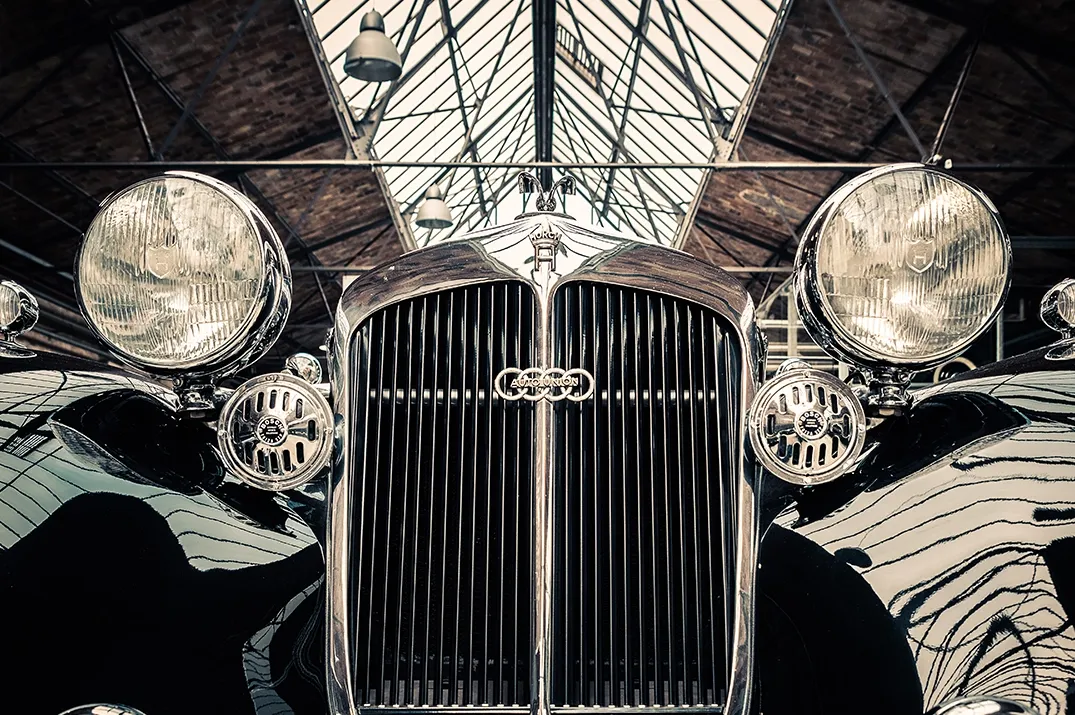
1. Audi - The Luxury Pioneer
The original Audi company, founded by August Horch in 1910, established the luxury foundation that continues to define the brand today. Horch, whose surname means "listen" in German, translated it to Latin – "Audi" – when legal disputes prevented him from using his own name for his new company.
From its earliest days, Audi focused on premium vehicles with advanced engineering. They pioneered left-hand drive configurations in Germany and developed sophisticated engine technologies that set performance benchmarks. Their pre-war models featured aluminum bodies and innovative suspension systems that were decades ahead of their time.
This commitment to luxury and innovation became the cornerstone philosophy that would eventually dominate the merged company's direction. Today's Audi models, from the efficient A3 to the powerful RS models, carry forward this tradition of combining luxury with technological advancement.
2. Horch - The Foundation of Excellence
Horch represented the pinnacle of German luxury automobile manufacturing before the merger. Founded by August Horch in 1899, the company built some of the most prestigious vehicles of the early automotive era. Horch vehicles were favored by royalty, government officials, and wealthy industrialists across Europe.
The engineering excellence that Horch brought to the merger was extraordinary. Their engines were known for reliability and smooth operation, while their coachwork set standards for luxury and craftsmanship. Horch's influence on modern Audi brands is most visible in the meticulous attention to interior detail and the pursuit of engineering perfection that characterizes contemporary Audi vehicles.
Horch's legacy lives on in Audi's commitment to premium materials, precise manufacturing tolerances, and the belief that luxury should be experienced in every interaction with the vehicle, from the satisfying click of switches to the whisper-quiet operation of mechanical systems.
3. DKW - The Innovation Engine
DKW brought something entirely different to the merger – volume manufacturing expertise and innovative two-stroke engine technology. Founded in 1916, DKW had become Germany's largest motorcycle manufacturer and was pioneering affordable automotive transportation.
Their contribution to what are the four brands under Audi was technological innovation and manufacturing efficiency. DKW's two-stroke engines were lightweight, powerful for their size, and economical to produce. They also pioneered front-wheel-drive technology in mass-produced vehicles, a concept that wouldn't become mainstream until decades later.
DKW's innovation DNA is clearly visible in modern Audi's approach to technology leadership. From the revolutionary Quattro all-wheel-drive system to their current electric vehicle initiatives, Audi's willingness to pioneer new technologies traces directly back to DKW's innovative spirit.
4. Wanderer - The Engineering Craftsmen
Wanderer completed the quartet with their expertise in precision engineering and mechanical innovation. Originally a bicycle manufacturer founded in 1885, Wanderer evolved into producing motorcycles and eventually automobiles, always with an emphasis on mechanical excellence and reliability.
Wanderer's contribution was their methodical approach to engineering and their reputation for building vehicles that could withstand demanding conditions. Their experience in precision manufacturing and their understanding of what customers needed from their vehicles in real-world conditions brought practical wisdom to the merger.
This practical engineering approach influences modern Audi design philosophy, where advanced technology must also be intuitive and reliable for daily use. Wanderer's legacy appears in Audi's reputation for building vehicles that perform consistently whether you're navigating city traffic or exploring challenging terrain.
The Modern Legacy - Four Rings, One Vision
Today's Audi brands represent the successful integration of these four distinct automotive philosophies. When you experience any modern Audi, you're benefiting from nearly a century of combined expertise. Audi's luxury comes from the original Audi company, their engineering excellence traces to Horch, their innovation spirit derives from DKW, and their practical reliability reflects Wanderer's influence.
This integration is particularly apparent when you explore Audi's current lineup through experiences like Audi rental Dubai, where you can appreciate how these historical influences translate into contemporary driving experiences. The smooth luxury of an A8, the innovative technology in an e-tron, or the precision engineering of an RS model – each reflects the combined DNA of all four founding companies.
Understanding the Complete Picture
The story of these four companies explains why Audi consistently ranks among the world's most respected automotive brands. It wasn't built by a single company or individual vision, but through the strategic combination of complementary strengths and shared commitment to automotive excellence.
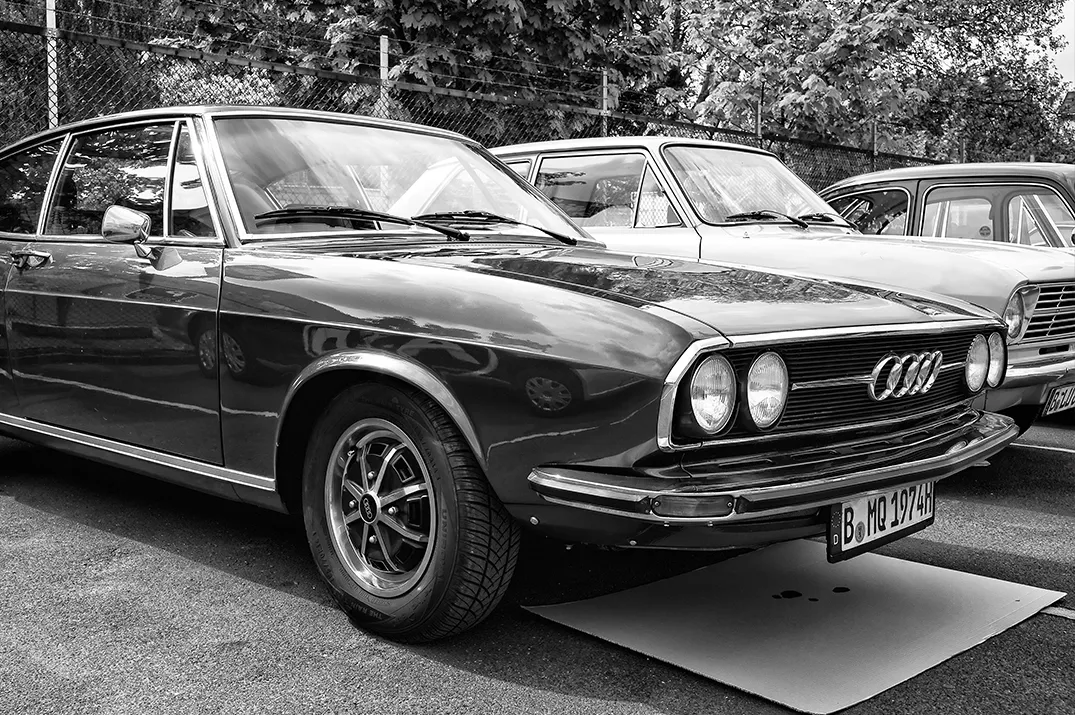
This foundation continues to drive Audi's approach to vehicle development, where luxury, innovation, engineering excellence, and practical reliability must coexist in every model. Understanding this heritage adds appreciation for the complexity and thoughtfulness behind every Audi vehicle, whether you're considering ownership or simply enjoying a temporary driving experience.
The four rings aren't just a logo, they're a promise that continues to define automotive luxury more than 90 years after four companies decided their future lay in unity.
FAQs
- What does the name Audi mean?
The name of the company was coined from the Latin translation of the surname of the founder, August Horch.
- What do the 4 rings of Audi mean?
The rings on the Audi symbolizes the amalgamation of the four founding companies – Audi, Horch, DKW, and Wanderer – each representing a specific entity that brings unique contributions
